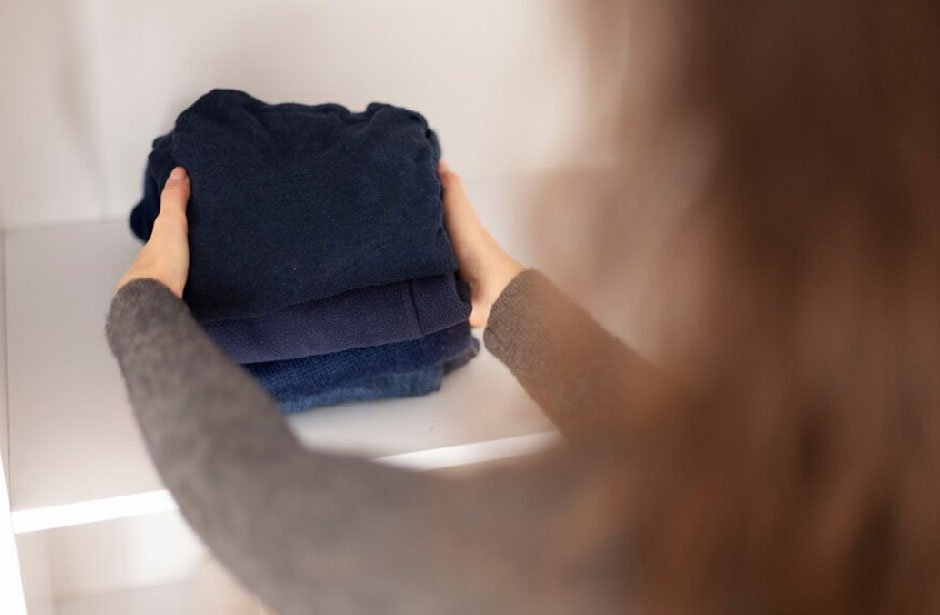Skip to the good bit
ToggleAdult diaper rash is like an uninvited guest that makes simple movements into uncomfortable reminders of irritated skin. It’s a common condition that happens to many, but few speak about it.
More than 13 million Americans experience incontinence, which means there are several people struggling with diaper rash. This skin irritation is red, sore and sometimes even raw, and must be addressed immediately.
Relief, though, doesn’t have to be complicated. By applying creams and following a strategic care routine, you can turn discomfort into calm.
In this article, we’ll outline simple and approachable ways to heal your skin and keep flare-ups at bay.
Prepared to take the first step toward comfort?
So, let’s look at the best remedies to soothe and protect your skin.
1. Keep the Skin Clean and Dry
Moisture is the perfect breeding ground for irritation; hence, it is important to keep your skin dry and clean. If you change your incontinence product, wash the affected area with warm water and mild, fragrance-free soap.
Since harsh scrubbing can worsen irritation, a soft cloth or cotton pads are best. Use a towel to pat dry your skin. Adding air drying can be a nice addition to your routine.
To reduce trapped moisture and allow the irritated area to heal naturally, let your skin breathe for a few minutes before putting on a new product. If you are looking for basic, practical advice about how to relieve diaper rash pain fast, this is the best tip for reducing discomfort and speeding up the healing process.
2. Use Barrier Creams
Barrier creams act as a shield between your skin and the incontinence product, preventing further irritation. Try creams with zinc oxide or petroleum jelly as the key ingredients; both are gentle yet potent ways to protect your skin.
Once cleaned and dried, a thin coat over the skin locks in moisture while preventing irritants from coming into contact. More importantly, these creams not only soothe the current rash but also prevent future outbreaks.
3. Switch to Hypoallergenic Products
Some standard incontinence products may contain fragrances, dyes or harsh chemicals. Switching to hypoallergenic or dermatologically tested products drastically reduces the risk of aggravating sensitive skin.
Sensitive skin is protected by these products without unnecessary irritants. Opting for breathable fabrics is also another game-changer.
Moisture-wicking layers prevent chafing and rash and keep the skin dry. It’s just a simple swap that can make all the difference and save you needless pain.
4. Avoid Tight-Fitting Clothing
Friction and tight clothing trap moisture and make the diaper rash worse. Cotton is a loose, semi-stretchable fabric that allows better air circulation, therefore helping the affected area dry and comfortable.
Soft undergarments are considered for optimum skin protection since they minimize friction between your skin and the incontinence product. It’s not a luxury to be comfortable; it’s highly important to your healing process.
5. Stay Hydrated

Hydration is essential to be healthy from the inside out. Dehydrated skin is more prone to irritation and rashes.
Drinking lots of fluids is important for maintaining your skin’s natural barrier, making it more resilient to external irritants. Water-rich foods, such as cucumbers, melons, oranges, can help add to your hydration.
A hydrated body is better equipped to heal quickly and defend against skin irritation.
6. Avoid Prolonged Contact with Wetness
You’ll have trouble if you leave a wet incontinence product on too long. Rashes thrive in the environment that prolonged exposure to moisture provides. Change your product as soon as it’s wet or soiled to avoid skin irritation.
If you’re out and about, take a small kit with extra products, cleansing wipes and barrier cream, too. If you’re prepared and address wetness right away, you can minimize damage to your skin.
7. Try Natural Remedies
Clever and gentle solutions are always found in nature. Just applying aloe vera gel to irritated skin can provide instant relief. Its cooling effect relieves inflammation and reduces redness.
Another natural remedy is to use coconut oil. It is full of antibacterial and anti-inflammatory properties and moisturizes the skin while creating a protective barrier. A thin layer applied on clean skin works wonders to heal and soothe a diaper rash.
8. Use Cornstarch or Talcum Powder
To further reduce friction and prevent irritation, cornstarch or talcum powder can absorb the excess moisture. After you cleanse and dry, a light dusting will keep your skin dry and comfortable.
However, before applying powder to an area, ensure it is completely dry to avoid clumping that can exacerbate irritation. Though these powders are effective, avoid inhaling them, which could cause respiratory issues.
A little goes a long way when it comes to moisture reduction and calming of the skin.
9. Practice Good Hygiene
The best defense you have against diaper rash is a proper hygiene routine. You must cleanse and moisturize your skin regularly to avoid dryness and irritation.
Thorough hand washing before and after touching incontinence products also reduces the likelihood that bacteria will be introduced to vulnerable areas. A consistent routine will ensure your skin remains healthy and is unlikely to get rashes again.
10. Seek Medical Advice When Necessary
Home remedies or over-the-counter solutions don’t always work. If your rash is persistent (lasts a day or more), looks infected or has a chance of worsening, see a healthcare professional.
When it is particularly severe, medicated creams, antifungal treatments, antibiotics, or occasionally, surgery may be prescribed. Always seek help when you need it. Also, your skin will heal properly with expert advice, which makes it less likely that you’ll develop any further complications later on.
Conclusion
Relieving adult diaper rash pain doesn’t have to be a long and painful journey. Using these simple yet effective tips, you can be pain-free or prevent further discomfort.
Every step, from maintaining proper hygiene to utilizing natural remedies, brings you closer to healthier, happier skin. Use these tips to take control of your comfort. Your skin will thank you for it.







